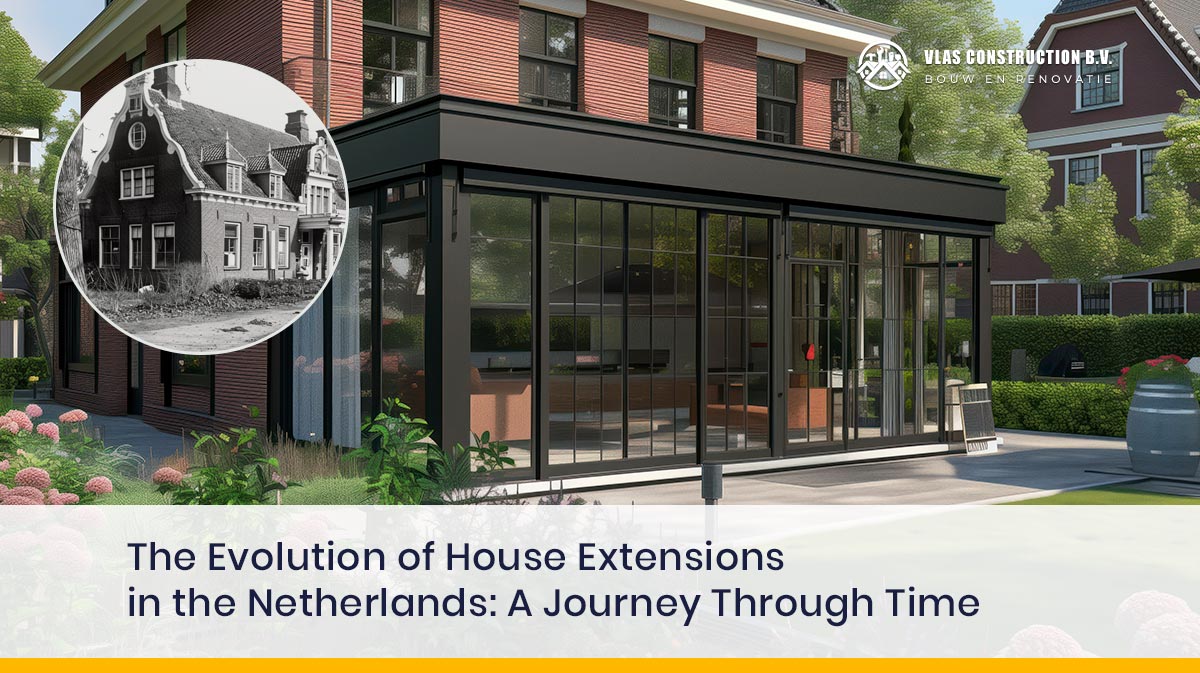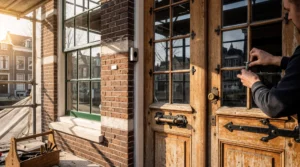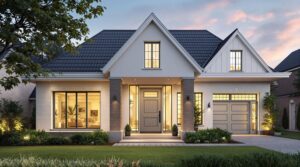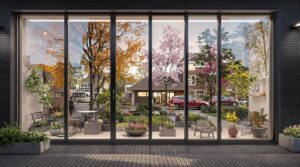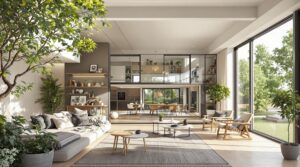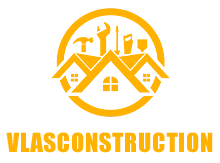The Netherlands is known for its distinctive architecture and innovative housing solutions. Throughout history, the country has witnessed a fascinating evolution of house extensions, reflecting the changing needs and lifestyles of its inhabitants. At Vlas Construction B.V., we have a deep appreciation for the rich history of Dutch architecture and the role house extensions have played in shaping the country’s urban landscape. In this article, we will take a journey through time to explore the history of house extensions in the Netherlands.
19th Century: The Rise of Apartment Houses
The 19th century marked a significant shift in Dutch housing patterns with the introduction of the first apartment houses. These communal living spaces, characterized by narrow structures and shared staircases, stood in stark contrast to the traditional single-family houses. This transition towards collective dwellings was a response to the increasing population and urbanization trends of the time. The apartment houses marked the beginning of a new era in Dutch architecture, setting the stage for further developments in the coming decades.
The Housing Act of 1901: A Turning Point
The Housing Act of 1901 was a pivotal moment in the history of Dutch architecture. This legislation not only regulated the hygienic aspects of dwellings but also placed a strong emphasis on aesthetic considerations in collective housing. The act played a crucial role in elevating the design standards of apartment buildings, ensuring that they were not only functional but also visually appealing. This marked a turning point in Dutch architecture, as the focus shifted towards creating harmonious and aesthetically pleasing living spaces.
The Tradition of Individuality
Despite the rise of collective dwellings, Dutch housing has always been characterized by a strong sense of individuality. Even among the poorest individuals, the tradition of having one’s own small house remained prevalent. This emphasis on individual living spaces can be traced back to the development of Dutch channel cities in the 10th century. The creation of hall houses with distinct street facades marked the beginning of a transition area between public and private spaces. This transition zone became a defining feature of Dutch architecture, allowing for individual expression while maintaining a harmonious streetscape.
The Evolution of Facades
As cities grew in the 18th and 19th centuries, the tradition of living in individual houses began to shift. A significant portion of the population in cities like Amsterdam found themselves living in hired rooms or dwellings. However, the importance of individual expression remained intact. Facades were designed to reflect the unique identities of their occupants, while still blending harmoniously with the surrounding streetscape. This delicate balance between individuality and harmony became a hallmark of Dutch architecture, showcasing the country’s deep appreciation for both social and aesthetic contexts.
Modern-Day House Extensions
Today, house extensions continue to play a vital role in the Netherlands’ housing landscape. With a growing population and the need for flexible living spaces, homeowners are increasingly turning to extensions to adapt their homes to their changing needs. At Vlas Construction B.V., we specialize in creating innovative and sustainable house extensions that seamlessly blend with the existing architecture while providing functional and comfortable living spaces. Our team of skilled professionals combines modern techniques with a deep respect for the country’s architectural heritage, ensuring that each extension project is a testament to the evolution of Dutch housing.
Conclusion
The history of house extensions in the Netherlands is a fascinating tale of architectural evolution, societal changes, and urban development. From the rise of apartment houses in the 19th century to the emphasis on individuality and harmonious facades, Dutch architecture has consistently adapted to the changing needs of its inhabitants. Today, house extensions continue to shape the country’s urban landscape, providing homeowners with the flexibility and functionality they need in their living spaces. At Vlas Construction B.V., we are proud to be a part of this ongoing evolution, creating sustainable and innovative extensions that honor the rich history of Dutch architecture while embracing the future.

